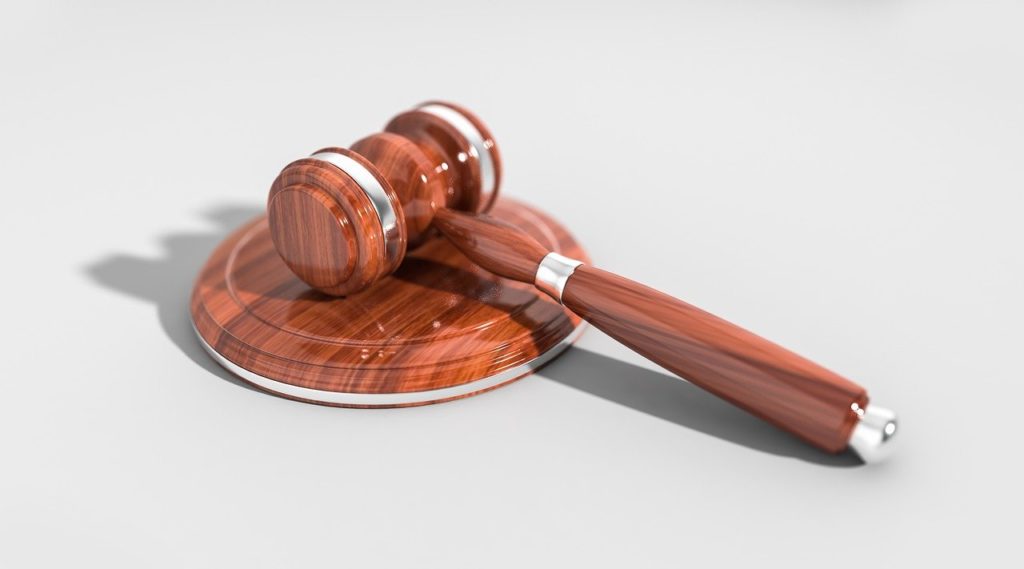
How do we make our laws? The process is simple… in theory. Congressional representative drafts a bill to better their constituents, that bill goes to committee and is sponsored by other representatives, the House votes yes, the Senate votes yes, and the President signs it into law. Even the simple version is lengthy.
The original School House Rock said it best in their timeless animated short “I’m Just A Bill,”. The only problem is that’s not necessarily how it’s done today.
Yes, the theoretical process is still the same today. However, as Politico states in their updated version of “I’m Just a Bill,” the process has gotten exceedingly more dramatic and complex. For example, The Social Security Lockbox Act, which purposes that the Social Security Trust should be guarded against non-relevant government spending, was put before Congress in February 2021. The bill then went to the House Ways and Means Committee where it currently remains.
This is a good thing, as most bills don’t make it that far. However, the road to becoming a law is still very long. Bills on the Senate floor can get stopped by the Congressional minority by something called a filibuster. That filibuster can last for any unspecified amount of time and can only end if a super majority (60 votes total) votes to end it.
Alternatively, the Senate Parliamentarian, an unelected, nonpartisan rule keeper, can call for reconciliation. Reconciliation can allow the bill to pas with a simple majority (51 to 50), avoiding a filibuster all together. Reconciliation can only be done with a budget resolution and have incredibly strict limitations, as reported by Emily Cochrane from the New York Times.
Bills then move to the House for a “vote-a-rama,” where any amendment can be added in a 24-hour period. If the bill still makes it through all that, it goes to ‘conference’ where the White House gets involved. They amend it, and the bill is sent back to the Senate to start the process over. Another round of debate, filibuster and voting through the Senate, then the House, and the bill finally is put in front of the President. The President has the power to sign it into law or veto it and this entire thing starts from scratch.
That’s… a lot. Still the same general process in theory, but very different in practice. The Council for Retirement Security, who are working hard to support the Social Security Lockbox Act, wants to make sure that through this entire process seniors’ benefits are protected. The Council’s Social Security Lockbox Petition is a tool you can use to inform your representative that your benefits should be their priority through this whole legislative process.
Remind our representatives that they really work for us, the American people. Our hard-earned benefits are not their plaything to help them pass bills and laws that have nothing to do with us or what we care about. Reach out today because your voice deserves to be heard. For more, make sure to like and follow the Council on Facebook and Twitter.



